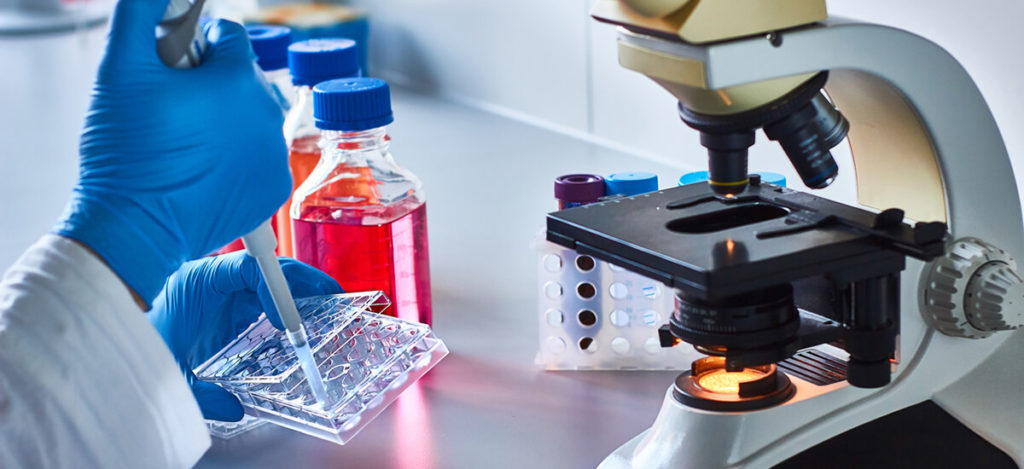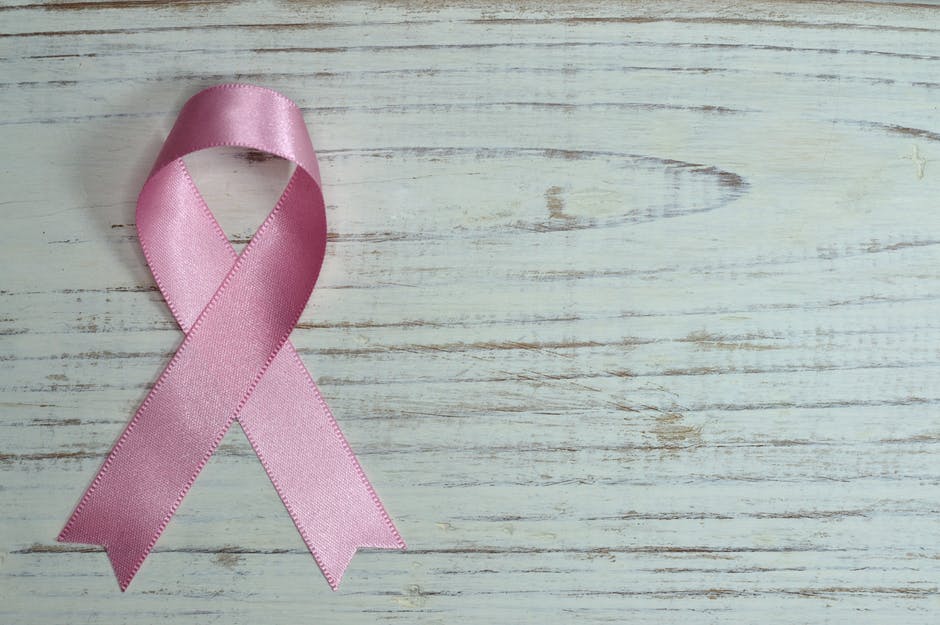The primary objective of the trial is to determine, in patients who have undergone surgery with curative intent for high-risk cutaneous squamous cell carcinoma (CSCC) of the head and neck, whether there is a difference in time to loco-regional relapse between patients treated with post-operative concurrent chemo-radiotherapy ,consisting of Carboplatin, and post-operative radiotherapy alone. The target sample size for the trial is 266 patients and will take 3-4 years to accrue, based on an anticipated accrual of 80 patients/year. A further 2 years follow up is required.
Official Title
Post-Operative Concurrent Chemo-Radiotherapy Versus Post-Operative Radiotherapy in High-Risk Cutaneous Squamous Cell Carcinoma of the Head and Neck
Conditions
Squamous Cell Carcinoma (skin cancer)
Study Type
Interventional
Study Design
Treatment, Randomized, Open Label, Active Control, Parallel Assignment, Safety/Efficacy Study
Further Details
Primary Outcome Measures:
- Loco-regional Control [Time Frame: The date of primary outcome analysis will occur when the final patient has reached a minimum 2 years follow-up.]
Secondary Outcome Measures:
- Disease Free Survival [Time Frame: The date of analysis will occur when the final patient has reached a minimum 2 years follow-up.]
- Overall Survival [Time Frame: The date of analysis will occur when the final patient has reached a minimum 2 years follow-up.]
- Quality of Life [Time Frame: The date of analysis will occur when the final patient has reached a minimum 2 years follow-up.]
- Treatment-related Late Effects [Time Frame: The date of analysis will occur when the final patient has reached a minimum 2 years follow-up.]
Study Start
May 2005; Expected completion: May 2010
Eligibility & Criteria
- Ages Eligible for Study: 18 Years and above
- Genders Eligible for Study: Both
Inclusion Criteria:
- Histologically proven SCC
- Patients have undergone either:
- Resection of the primary lesion
- Any type of parotidectomy (superficial, total, partial, etc.)
- Any type of neck dissection(s)
- One or more of the following high risk features:
- High Risk Nodal Disease, defined as:
- Intra-parotid nodal disease (any number or size, with/without extracapsular extension, with/without an identifiable index lesion)
- Cervical nodal disease with a synchronous or previously (< 2 years) resected index lesion within the corresponding nodal drainage basin and exclusion of a mucosal primary with at least a CT+/- MRI and panendoscopy
- Cervical nodal disease, with at least one of the following criteria:
- > 2 nodes
- largest node > 3cm
- Extracapsular extension
- Advanced Primary Disease (TNM 6th Edition 2002) (Appendix 1)
- T3-4 primary disease (cartilage, skeletal, muscle, bone involvement, >4cm) of the head and neck including lip, nose and external auditory canal with or without nodal disease
- In transit metastases (metastases between the primary site and the adjoining nodal basin)
- High Risk Nodal Disease, defined as:
- Age >18 years
- Written informed consent
- ECOG <= 2
- Absolute neutrophil count > 1.5 X 109/L, platelet count > 100 X 109/L, and haemoglobin > 10g/dL (pre-radiotherapy blood transfusion to elevate the haemoglobin > 10g/dL is permissible)
- Calculated creatinine clearance (Cockcroft-Gault) >= 40mL/min
- Available for follow-up for up to 5 years
- Life expectancy greater than 6 months
Exclusion Criteria:
- Intercurrent illness that will interfere with either the chemotherapy or radiotherapy such as immunosuppression due to medication or medical condition
- Metastasis(es) below the clavicles Previous radical radiotherapy to the head and neck, excluding superficial radiotherapy to cutaneous SCC or basal cell carcinoma
- High risk for poor compliance with therapy or follow-up as assessed by investigator
- Pregnant or lactating women
- Patients with prior cancers, except: those diagnosed > 5years ago with no evidence of disease recurrence and clinical expectation of recurrence of less than 5%; or successfully treated non-melanoma skin cancer; or carcinoma in situ of the cervix.
Total Enrolment
265
Contact Details
New South Wales
- Royal Prince Alfred Hospital, Sydney, New South Wales, 2050, Australia; Recruiting
- Liverpool Hospital, Liverpool, New South Wales, 1871, Australia; Recruiting
- Newcastle Mater Misericordiae Hospital, Newcastle, New South Wales, 2298, Australia; Recruiting
- St George Hospital, Kogarah, New South Wales, 2217, Australia; Recruiting
- Westmead Hospital, Wentworthville, New South Wales, 2145, Australia; Recruiting
Queensland
- Princess Alexandra Hospital, Brisbane, Queensland, 4102, Australia; Recruiting
- Mater QRI, South Brisbane, Queensland, 4101, Australia; Recruiting
- North Queensland Oncology Service, Townsville, Queensland, 4810, Australia; Recruiting
- Royal Brisbane Hospital, Herston, Queensland, 4029, Australia; Recruiting
- The John Flynn Hospital, Tugun, Queensland, 4224, Australia; Recruiting
South Australia
- Royal Adelaide Hospital, Adelaide, South Australia, 5000, Australia; Recruiting
Victoria
- Peter MacCallum Cancer Centre, East Melbourne, Victoria, 3002, Australia; Recruiting
- Andrew Love Cancer Care Centre, Geelong Hospital, Geelong, Victoria, 3220, Australia; Recruiting
- St Vincents Melbourne, Fitzroy, Victoria, Australia; Not yet recruiting
- Bendigo Radiotherapy Centre, Bendigo, Victoria, Australia; Not yet recruiting
New Zealand
- Auckland Hospital, Auckland, 1001, New Zealand; Recruiting
- Christchurch Hospital, Christchurch, 4710, New Zealand; Recruiting
- Palmerston North Hospital, Palmerston North, New Zealand; Recruiting
- Waikato Hospital, Hamilton, 3200, New Zealand; Recruiting
For more information:
- Contact Sandro Porceddu, FRANZCR: +61 7 3240 2111; sandro_porceddu@health.qld.gov.au
- visit TROG Trials (Trial #: TROG 05.01).
OR
All content and media on the HealthEngine Blog is created and published online for informational purposes only. It is not intended to be a substitute for professional medical advice and should not be relied on as health or personal advice. Always seek the guidance of your doctor or other qualified health professional with any questions you may have regarding your health or a medical condition. Never disregard the advice of a medical professional, or delay in seeking it because of something you have read on this Website. If you think you may have a medical emergency, call your doctor, go to the nearest hospital emergency department, or call the emergency services immediately.






